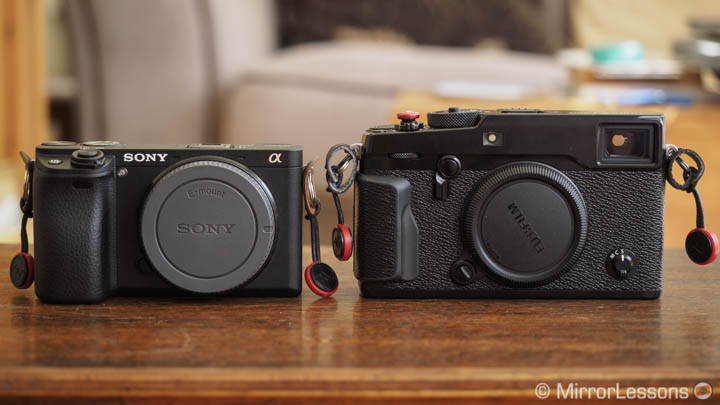Dear reader, thank you for visiting our website. The article you are looking for – Sony a6300 vs Fuji X-Pro2 – has been transferred over to our comparison website (link in the comments section below). We apologize for the inconvenience.
If you are looking for information about the a6300 or X-Pro2, you can check our individual reviews below:
